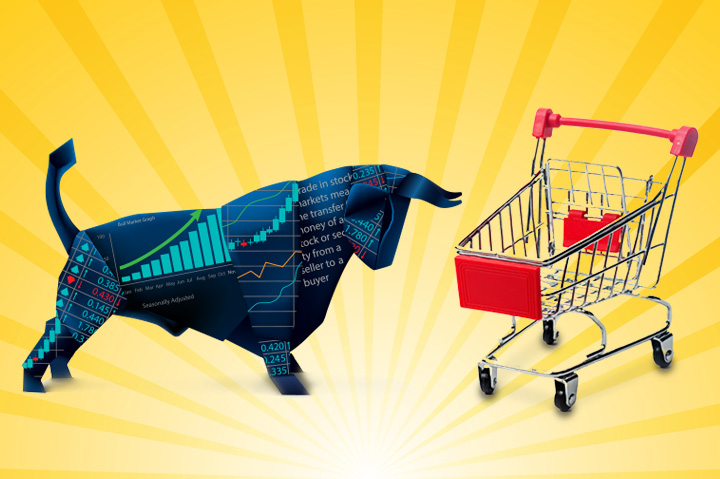
The promo products industry experienced a decline in growth rate during the first quarter of 2024, following two quarters of slowing growth in the latter half of 2023. The Counselor Confidence Index, which measures distributor health, has declined over the past two quarters and currently sits at 94. This decline in growth rate and confidence is reminiscent of the late stages of the pandemic. However, buyer reluctance is not limited to the promo industry but is spread across all marketing strategies [187f701b].
Despite the positive signs of economic health, such as wage growth outpacing inflation since March 2021 and a cooling inflation rate of 3.4% as of April 2024, buyers have been making more calculated decisions about their spending. The GDP grew by $1.6 trillion last year, with growth rates of 4.9% and 3.4% in the last two quarters of 2023. Unemployment has remained below 4% since January 2022. The Dow Jones Industrial Average reached its all-time high in February 2024, and the S&P 500 had its best quarter since 2019 in Q1 of this year. Consumer sentiment has been on an upward trend since June 2022, although it is still below pre-pandemic levels. Perception and personal experience play a significant role in the economy, particularly in relation to consumer spending. Rising prices, such as food and housing prices, have influenced consumer sentiment. Additionally, polarization in the media and increased party divide have also impacted economic perception [187f701b].
Overcoming buyer reluctance in the promo products industry may involve catering to a wide variety of different types of customers and finding areas where one type of customer is more receptive to spending when another is not [187f701b].